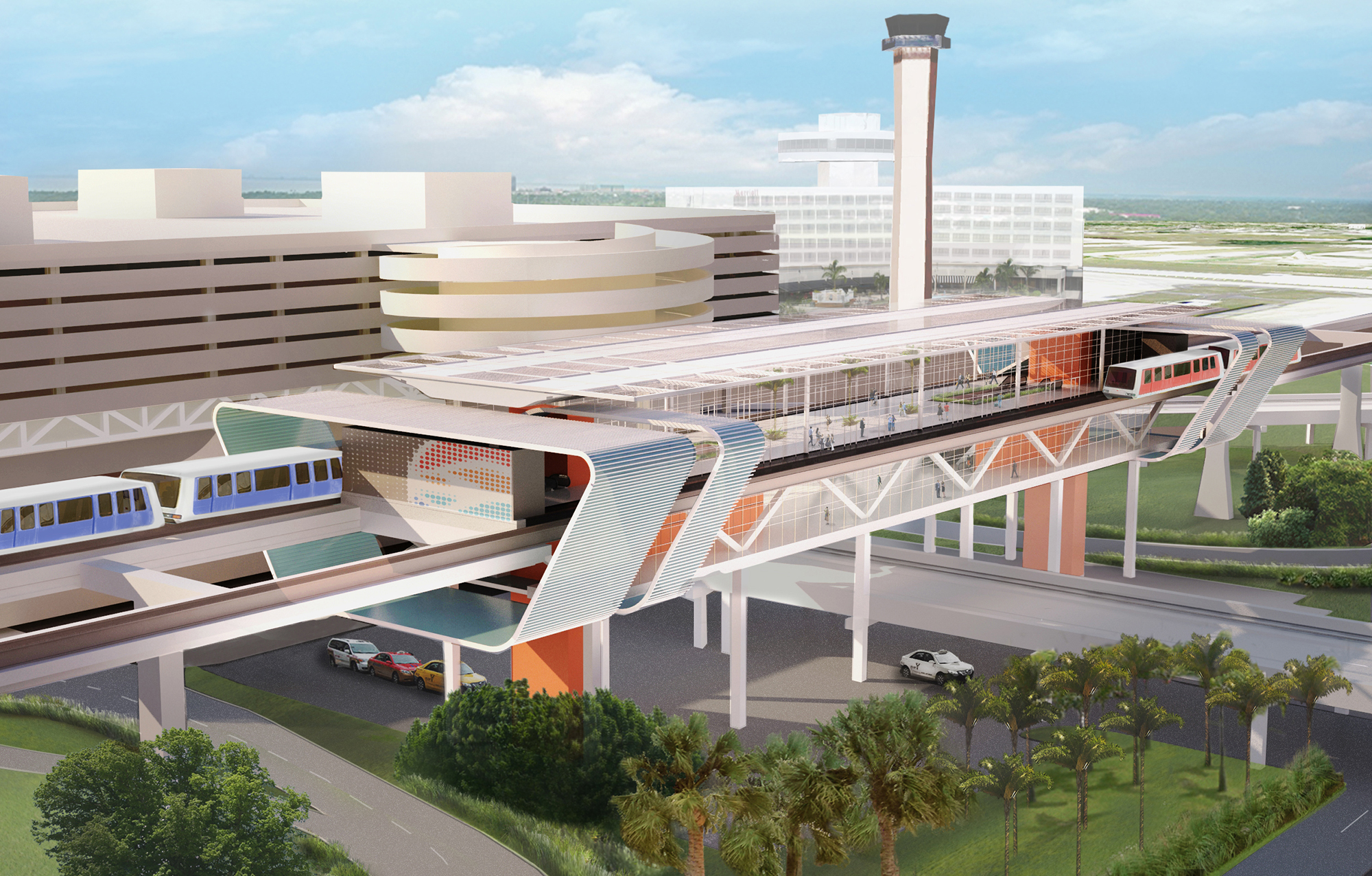
Tampa International Airport is preparing for the future, moving ahead with a multibillion-dollar expansion project while setting new passenger records in 2017.
However, Noah Pransky of WTSP found that TIA appears hesitant to embrace the latest transportation disruptor: ridesharing technology companies Uber and Lyft.
With significant ridership increases, Uber and Lyft have impacted airport revenues from parking and rental cars – two conventional ground transportation options that are a key element in the planned Phase 1 of the airport’s expansion.
“We’ve made this huge bet on rental cars that I don’t know if it’s going to pay off,” state Sen. Jeff Brandes told WTSP. During the 2017 Legislative Session, the St. Petersburg Republican helped jump-start an audit of the airport’s multi phase construction project. “I would love to see them move faster (on emerging technology).”
WTSP 10Investigates reported in July that the Hillsborough County Aviation Authority is setting new fees on Uber, Lyft, and taxicab fares from TIA came after the agency failed to meet projected benchmarks in parking and rental car revenues.
What’s more, the airport waited until just this summer to adjust its long-term master plan to accommodate the tech disruptors, by adding new curbsides at each terminal in downscaling Phase 2 of its expansion, despite Uber entering the Tampa market five years ago, and has been impacting airport revenues for at least two years.
Business management firm Certify estimates ridesharing accounts 63 percent of U.S. business travelers’ ground transportation expenses, a number far outpacing both rental cars (29 percent) and taxicabs (8 percent).
Nowhere is this difficulty in embracing the future more obvious than with airport’s construction project that adds “people movers” two shuttle travelers to a new rental car facility. TIA CEO Joe Lopano hailed the addition as one that will “give our guests access to twice as many rental car choices,” removing as many as 8,000 cars per day from wrote surrounding the airport.
Pransky reports that those 8,000 cars make up only short trips on the airport’s main and back roads – not terminal curbsides themselves – most susceptible to congestion, particularly with increased ridesharing. In addition, those estimates came from a 2011 study, using numbers from peak season, which predated ridesharing in Tampa.
The airport has not yet plan for increased congestion from Uber and Lyft vehicles using curbsides.
“Were we too late? Maybe,” Lopano said when asked about how quickly the airport has responded ridesharing. “But I think we have the right solution.”



